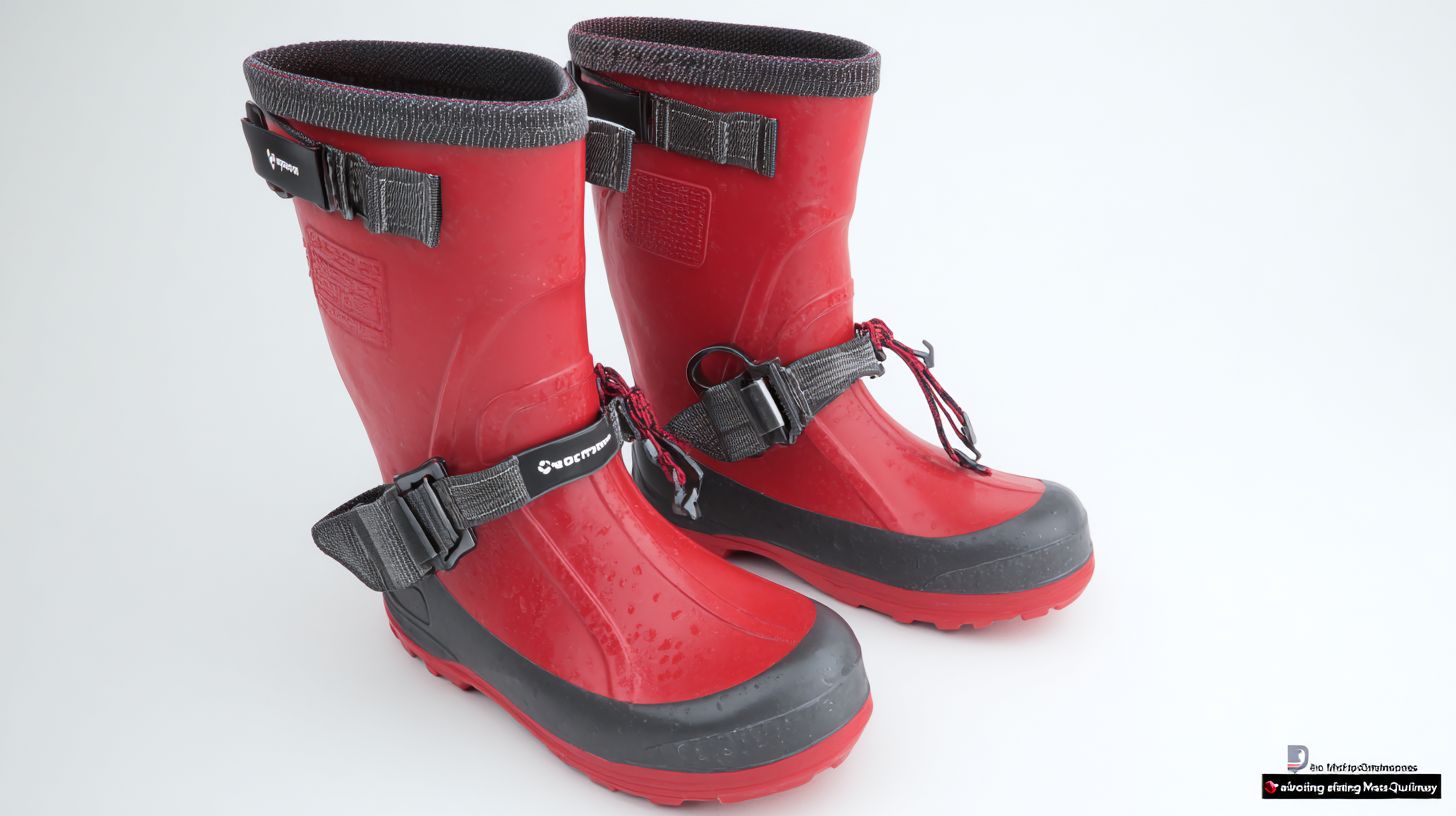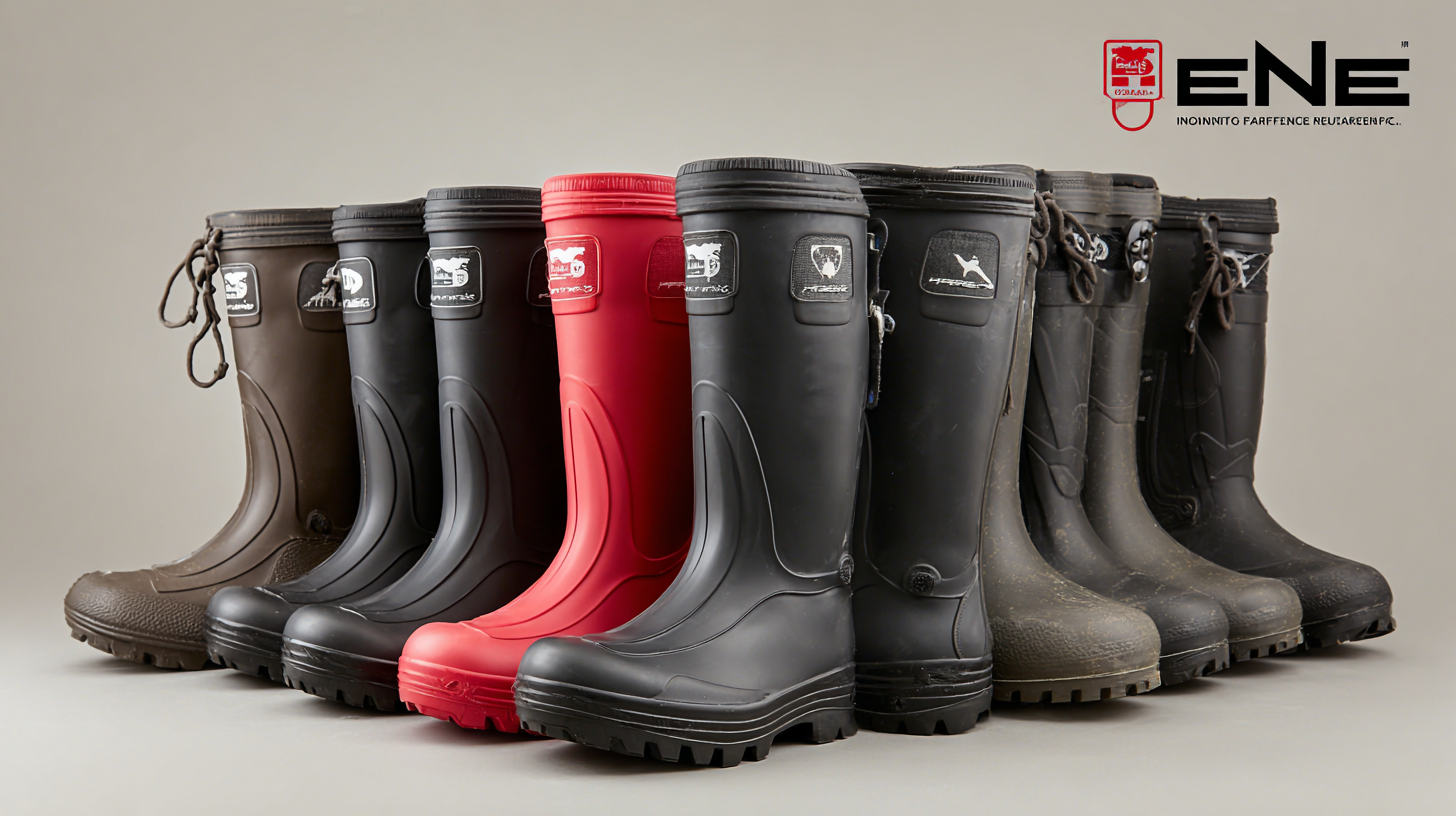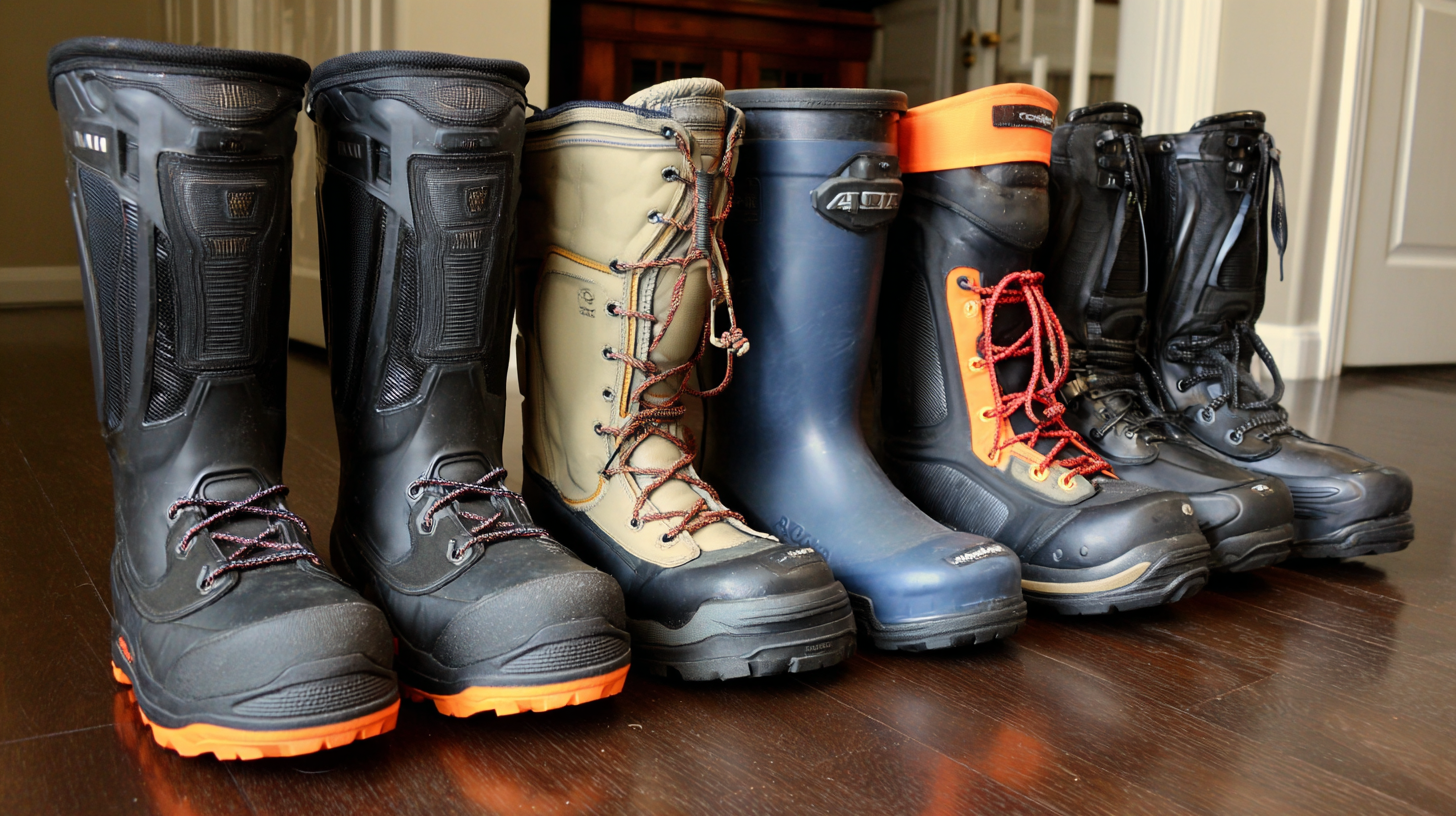In today's competitive outdoor gear market, finding the right manufacturer for your neoprene boots is crucial for ensuring both quality and reliability. According to a recent report by the Outdoor Industry Association, the global outdoor footwear market is projected to reach $24 billion by 2025, with neoprene boots gaining popularity due to their versatility and durability in various environments. With increasing consumer demand for high-quality products, manufacturers are adapting to stringent standards in materials and production processes.

This guide will provide insights into key factors to consider when selecting a neoprene boots manufacturer, ensuring that you invest in footwear that meets the highest standards of performance and longevity. As we explore the landscape of neoprene boot production, understanding the relevant market trends and technology advancements will empower you to make informed decisions that align with your needs and expectations.
When it comes to selecting high-quality neoprene boots, understanding the key features is essential for ensuring quality and reliability. A critical element to consider is the thickness of the neoprene, which typically ranges from 3mm to 7mm. According to the Neoprene Industry Association, boots with a thickness of 5mm or more provide superior insulation and durability, making them ideal for cold-water environments. This insulating property stems from neoprene's closed-cell structure, which helps to retain body heat while offering excellent flexibility.
Another significant feature to look for is the boot's construction quality. Reports indicate that seams are a common weak point in neoprene boots; hence, opting for boots with glued and blind-stitched seams can enhance their waterproof capabilities. A study by the Outdoor Industry Association highlighted that well-constructed boots reduce water infiltration, increasing longevity and performance during rugged use. Additionally, examining the sole’s material can also offer insights into quality; rubber soles are often preferred for their slip resistance and durability, essential for navigating slippery surfaces. By focusing on these critical features, you can make an informed decision that balances quality and functionality in neoprene boots.
| Feature | Description | Importance Level | Rating |
|---|---|---|---|
| Material Composition | High-quality neoprene for flexibility and durability. | High | 9/10 |
| Seam Construction | Flatlock or blind stitched seams for waterproofing. | High | 8/10 |
| Insulation | Thicker neoprene for cold weather protection. | Medium | 7/10 |
| Outsole Grip | Anti-slip rubber sole for stability. | High | 9/10 |
| Comfort Fit | Anatomical design that fits snugly and comfortably. | High | 9/10 |
| Weight | Lightweight design for better mobility. | Medium | 7/10 |
| Durability | Resistance to abrasions and punctures. | High | 9/10 |
When searching for the perfect neoprene boots, evaluating the manufacturer's reputation and experience is essential. A manufacturer’s track record often reflects their commitment to quality and reliability. Start by examining customer reviews and testimonials, which can provide insight into the experiences of others. Positive feedback from users typically indicates that a manufacturer stands behind their products and prioritizes customer satisfaction. Additionally, consider how long the manufacturer has been in the industry. A company with years of experience is likely to have refined its production techniques and built a solid reputation for delivering reliable products.
Another crucial aspect to assess is the manufacturer's involvement in industry standards and certifications. Brands that adhere to recognized standards demonstrate a commitment to quality assurance and ethical manufacturing processes. Investigating whether the manufacturer participates in forums or associations related to outdoor gear can also highlight their dedication to innovation and improvement. Ultimately, selecting a manufacturer with a strong reputation and extensive experience will ensure that your neoprene boots meet both quality and reliability expectations, providing you with the performance you desire.

When it comes to sourcing neoprene for high-quality boots, understanding the production processes and material sourcing is crucial. Neoprene, a type of synthetic rubber, is derived from chloroprene and known for its durability and flexibility. The global neoprene market is projected to reach USD 1.2 billion by 2027, reflecting a significant growth driven by demand in various industries including footwear (Source: Market Research Future). This implies that manufacturers investing in quality raw materials and sustainable production processes are likely to stand out in a competitive market.
Tips: When evaluating manufacturers, always inquire about their sourcing policies. A reliable manufacturer should be transparent about where their neoprene originates. This can impact not only the quality of the boots but also their environmental sustainability. Look for suppliers that engage in eco-friendly practices, such as using water-based adhesives and recycling rubber scraps.
Additionally, understanding the production processes can help you ensure product reliability. Quality control measures, such as testing for water resistance and insulation properties, should be in place. In fact, a report by the International Rubber Study Group emphasizes that manufacturers who adhere to stringent quality standards tend to have lower defect rates, leading to increased customer satisfaction and brand loyalty. Aim to partner with those who prioritize these aspects in their operations.
This chart compares the quality scores of various neoprene boot manufacturers based on material sourcing and production processes. A higher score indicates better quality and reliability.
When selecting the best neoprene boots, understanding the quality control standards of the manufacturers is crucial. A reputable manufacturer will adhere to strict quality control processes throughout the production cycle, from sourcing materials to final inspections. This ensures that every pair of boots meets the required durability and performance specifications. By examining a manufacturer's commitment to quality control, potential buyers can gauge the reliability of the products they are considering.
Another important aspect of quality control is the implementation of testing protocols. Leading manufacturers often employ advanced testing methods to evaluate the waterproofing, insulation, and overall sturdiness of their neoprene boots. Regular audits and certifications from recognized standards organizations are also indicators of a manufacturer’s dedication to maintaining high quality. By prioritizing manufacturers that showcase robust quality control measures, consumers can feel more confident in their purchase, knowing that they are investing in boots that will stand the test of time in various conditions.
When searching for the ideal neoprene boots, it's essential to consider price, performance, and warranty options to ensure you make a wise investment. Neoprene boots come with a wide range of prices, influenced by their design, brand reputation, and the quality of materials used. Cheaper options may save you money upfront but often compromise on durability and comfort. Investing a little more in a reputable brand might offer longer-lasting performance, making it more cost-effective in the long run.
Performance is another critical factor. Look for boots that provide excellent insulation, waterproofing, and traction. Read reviews and seek recommendations to identify models that excel in various conditions, whether you're hiking in wet terrains or wading in the water. Additionally, carefully examine the warranty options. A robust warranty shows the manufacturer’s confidence in their product and can offer peace of mind. Understanding the details of what is covered and for how long can help you choose boots that will serve you well over time.

